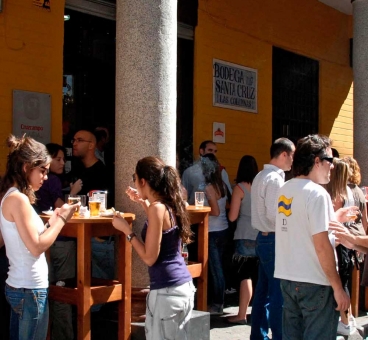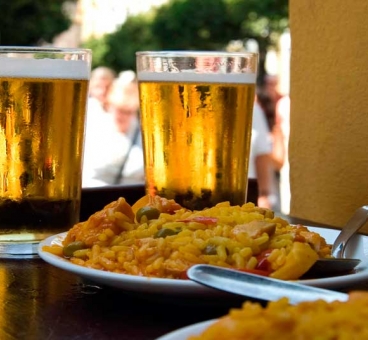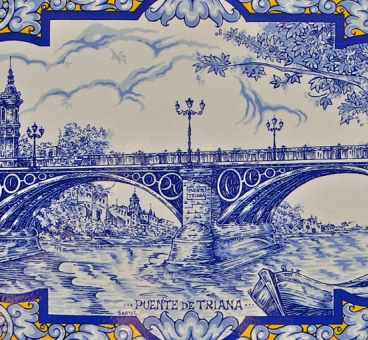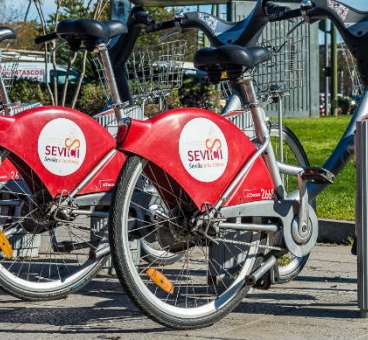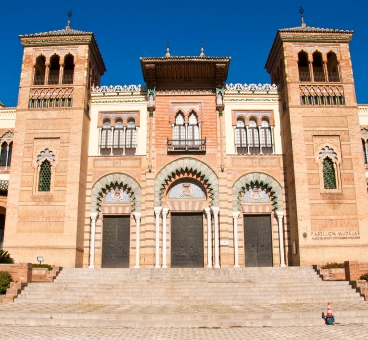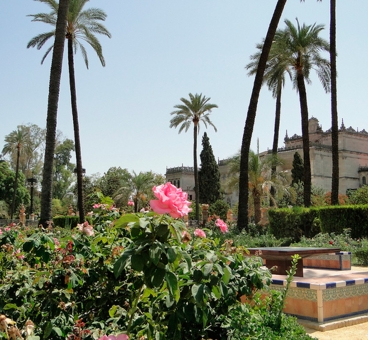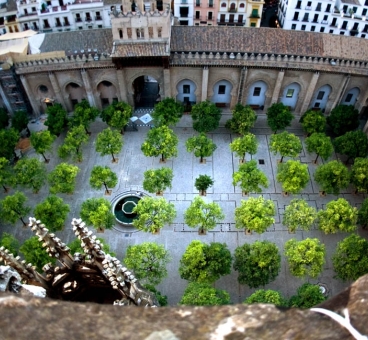The Archaeological Museum of Seville has its origins at the end of the 19th century, when a public collection of antiquities was created, mostly taken from the Roman city of Italica. It was not until the middle of the next century when it was consolidated and expanded with the transfer from the old Convent of La Merced to its current headquarters: the pavilion of Fine Arts created by Aníbal González for the Ibero-American Exposition of 1929, ceded by the City Council of Seville.
The Museum shares with the public the material evidence of the different societies that called the land of the current Seville home, throughout Prehistory and Protohistory, the Roman Age (with collections mostly from Itálica), Late Antiquity and the Middle Ages, until the end of the Modern Age.
The main collections: Prehistory, Protohistory, highlighting the period of the Last Bronze Age, with artefacts from Phoenician and Tartessian cultures. Roman collections coming mostly from Itálica, with an important sample of statues from Adriano’s era. It has medieval, Visigothic and Islamic pieces.
Home to one of the most important archaeological collections in Spain
tweet